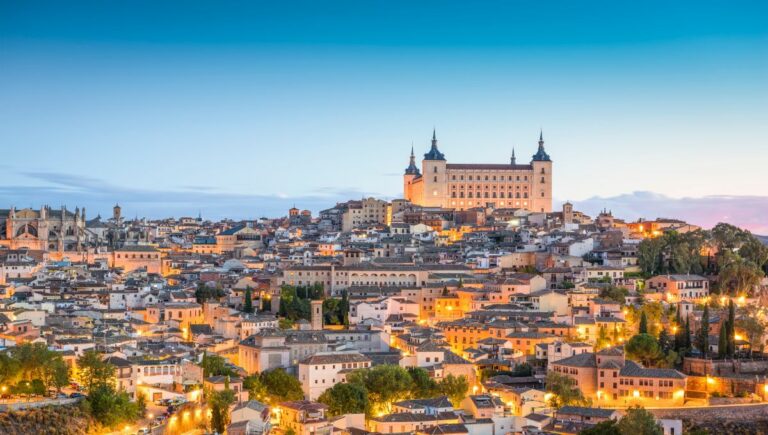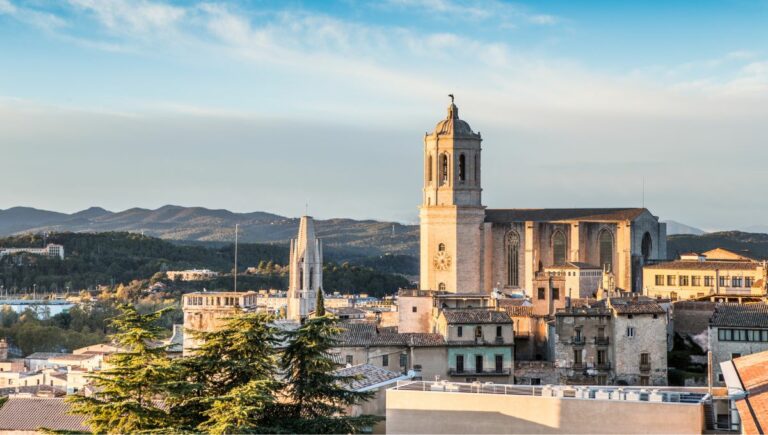I love a vineyard. Wherever I go, I’m always on the lookout for a drop of the local vintage, even better if it can be enjoyed where it was made. One of my favourite experiences with wine in Spain so far has been the moonlike vineyards of Lanzarote, where the volcanic soil offers up an otherworldly feel. But I love the more traditional experience you would find in many Spanish wine regions.
Spain is home to 138 (at the time of writing) official wine destinations, and I have divided them in this list according to Spain’s autonomous regions, yielding a total of 15 Spanish wine regions.
With over 900,000 hectares (or 2.4 million acres) of lush Spanish vineyards, these areas in Spain have gracefully withstood the test of time and have given only the best to the world.
This comprehensive list of the top Spanish wine regions will introduce you to Spanish wine and give you a nice base to start your own discovery.
From my personal favourite, Albariño white wines of Rías Baixas, to the bold Tempranillo red wines of Rioja and Ribera del Duero, the famous Cava sparkling wine production of Catalonia, to the dry Sherry fortified wine of Andalusia.
Map of the key Spanish Wine Regions
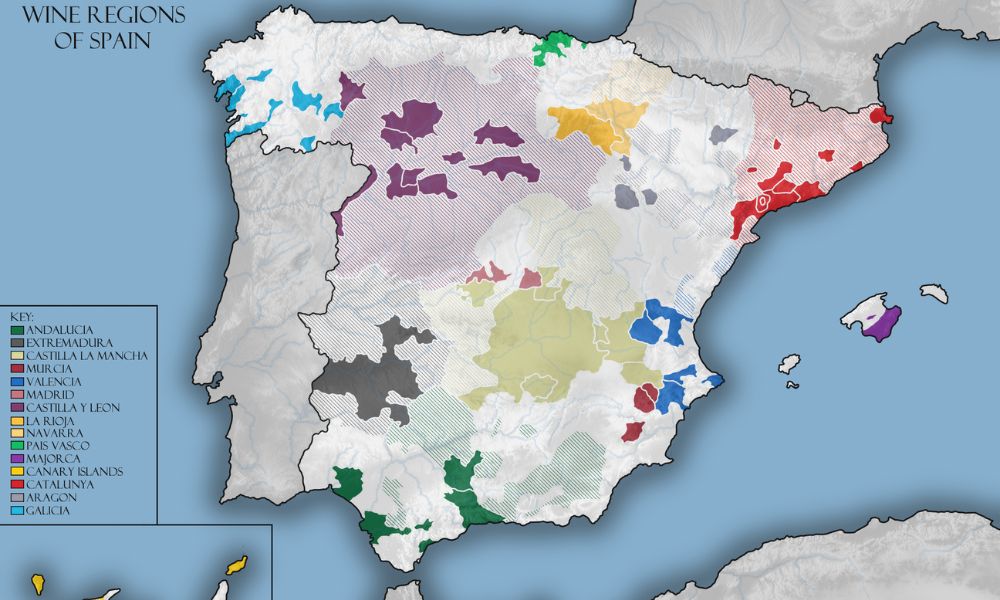
Galicia
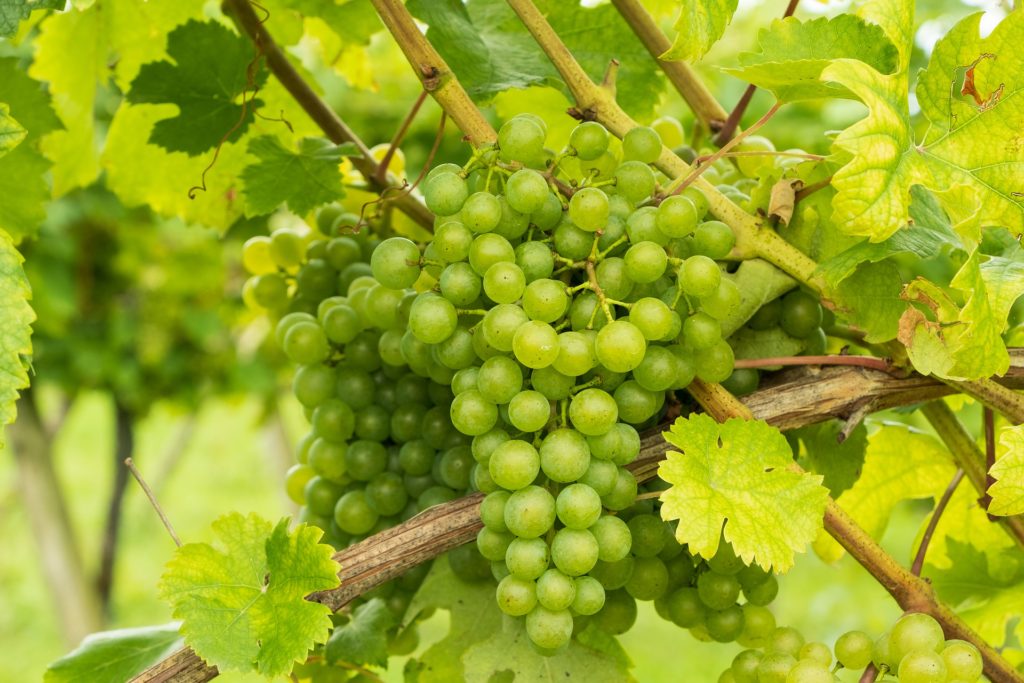
Galicia is well-known for its signature white wines, which are made from high-quality grapes and have styles that many compare to those of Portugal. In Rias Baixas in Pontevedra, dry white wines made from Albariño grapes are the showrunners. Meanwhile, Torrontés, Treixadura, and Lado varieties grow along the Miño River in O Ribeiro.
On the easternmost part, you will find white Palomino and Godello vineyards planted on terraces on steep slate hillsides along the Sil River in Valdeorras. Aside from Spanish white wines, the quality of elegant reds made from Tempranillo and Mencia grapes will also astound you.
Castille y Leon
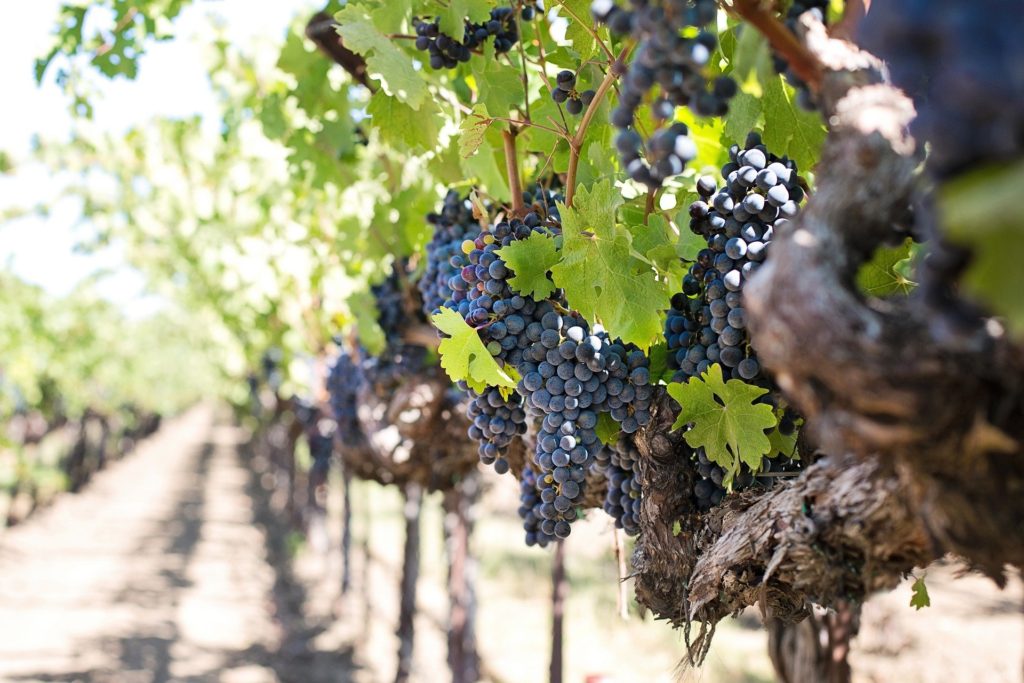
Castille y Leon is recognized worldwide for its magnificent gothic castles and cathedrals and good Spanish wine. In fact, in this elevated plateau with extreme climates lies 11 official Spanish wine regions.
Winemakers in Ribera del Duero combine Tinto Fino Spanish wine grapes (the local name for Tempranillo) with Malbec, Cabernet Sauvignon, and Merlot to create deep-colored, full-bodied red wines with the complexity and balance that wine lovers seek. Other signature grapes in the region include the red Garnacha and a few white grape varieties such as Albillo, Malvasia, and Verdejo.
Pais Vasco

The Basque Country, or Pais Vasco, has everything from beautiful landscapes to a rich history, culture, and good food and drink scene. When you visit, try Basque’s traditional wine Txakoli for a refreshing and light afternoon. This white wine is dry and of the Hondarribi Zuria variety.
The uncommon Txakoli reds, on the other hand, are made of Hondarribi Beltza grapes. Pair your drink with fish and seafood dishes to complete your Basque experience. You may want to stay in San Sebastian, with some of the world’s best restaurants, or nearby Bilbao.
La Rioja
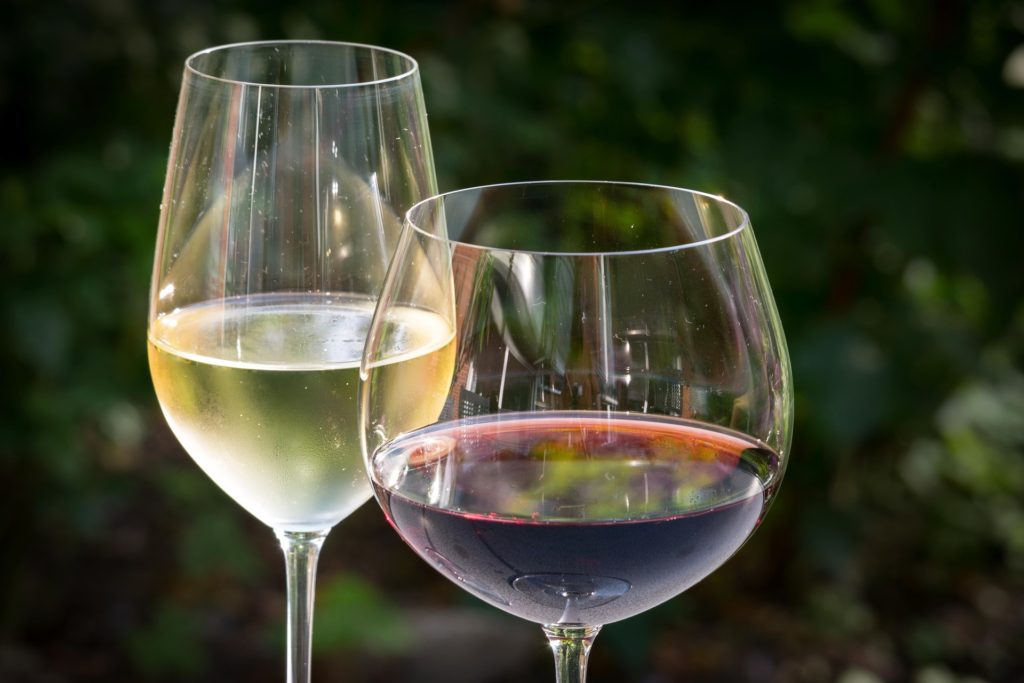
The Rioja wine region is so well-known that if you think of Spanish wine, you are probably going to think of those from this region’s bodegas. Rioja is famous for its exciting blends of reds, whites, and rosés at different aging classifications (Genérico, Crianza, Reserva, and Gran Reserva).
Rioja red wines are mainly composed of barrel-aged savory Tempranillo reds blended with Maturana Tinta, Garnacha, Mazuelo, and Graciano grapes. They are described by many as fruity with earthy notes and smooth on the palate, often dry and high in tannin and acidity. On the other hand, Rioja white wines are made from Viura, Malvasía, and Garnacha Blanca varieties and are fresh and elegant.
Navarra
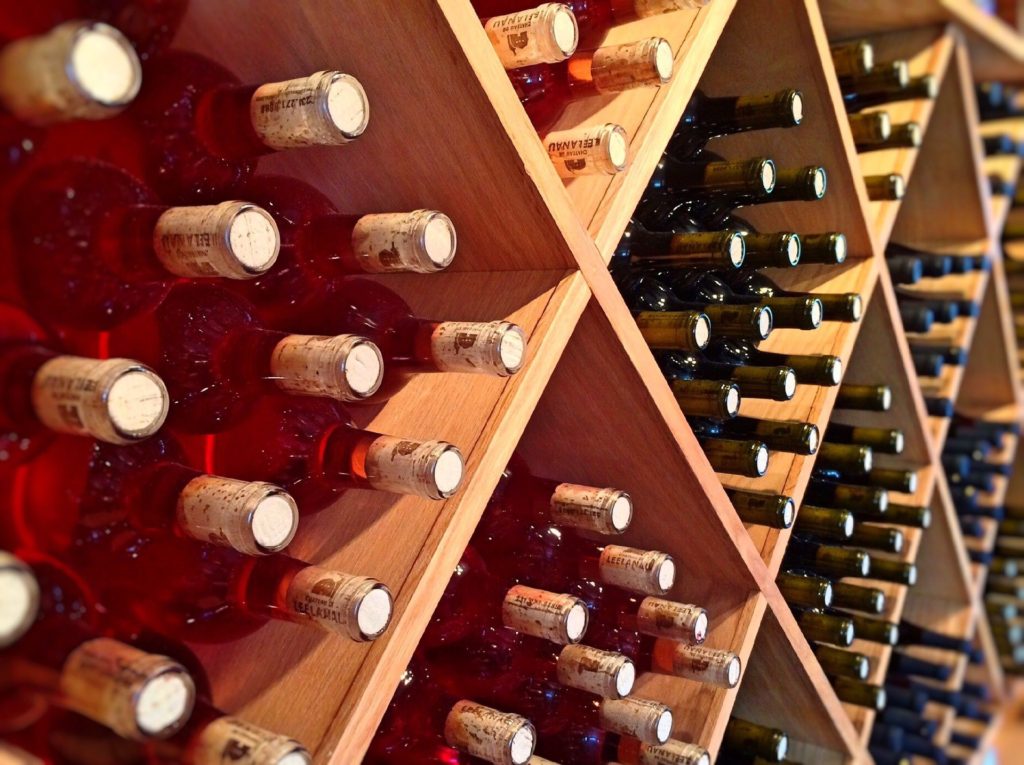
Navarra is home to a relatively diverse collection of high-quality red and rosado (rosé) wines. Its environment is a complex mosaic of different terroirs and microclimates, all of which significantly influence its wine culture.
Aside from its signature Garnacha grape, wines made from Tempranillo, Cabernet Sauvignon, Merlot, Syrah, Pinot Noir, Chardonnay, Garnacha Blanca, Malvasía, and many others also stock up the region’s wineries.
Aragon
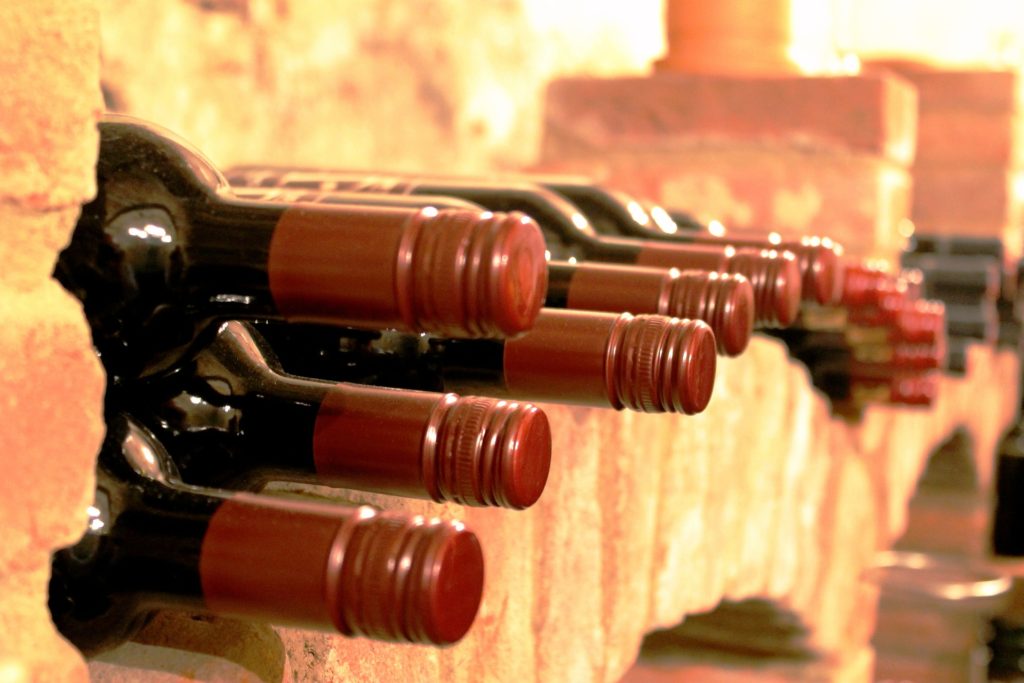
Aragon is a contrast when it comes to its environment. Its climate ranges from very cold to unbearably hot. That is why its four wine regions have such distinct flavor profiles. Somontano, situated right at the foot of the Pyrenees, is home to Moristel and Alcañón grapes, while Cariñena is a known source for its namesake grapes.
Campo de Borja is rich in Garnacha grapes used to make the area’s aromatic and complex red wines. Lastly, Calatayud produces an array of grape varieties and turns them into balanced red, white, and rosé wines.
Catalonia
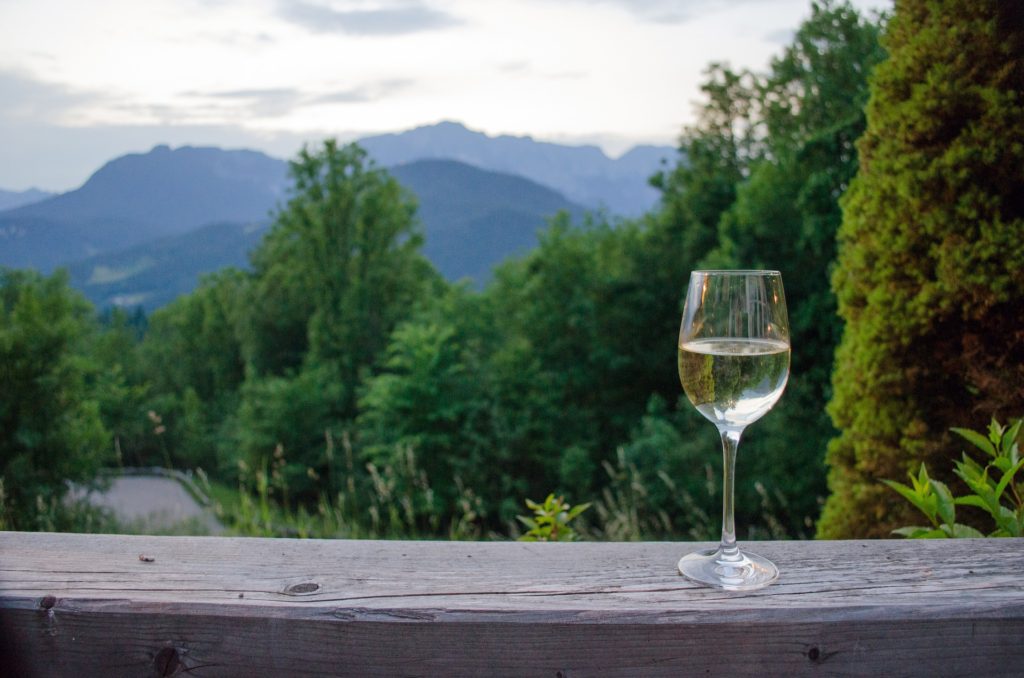
Catalonia houses the best wine regions in Spain. It is the birthplace of the Spanish Cava wine, a sparkling wine made from a blend of Macabeu (or Viura), Parellada, and Zarello, and is Spain’s answer to French Champagne and Italian Prosecco.
Montsant creates powerful reds like those of Priorat. Penedes is home to modern and innovative winemakers, where world-famous wineries such as the Bodegas Torres and Freixenet thrive. Priorat is known as the powerhouse of Spanish red wine. Made from Garnacha and Carignan with percentages of Syrah, Cabernet Sauvignon, and Merlot, this Spanish red wine variety has a fruity aroma with mineral notes, balanced acidity, and tannins, and is high in alcohol.
The lively City of Barcelona is a fantastic place to stay and visit nearby wineries. You may also want to visit the Medieval town of Girona during your time here.
Valencia
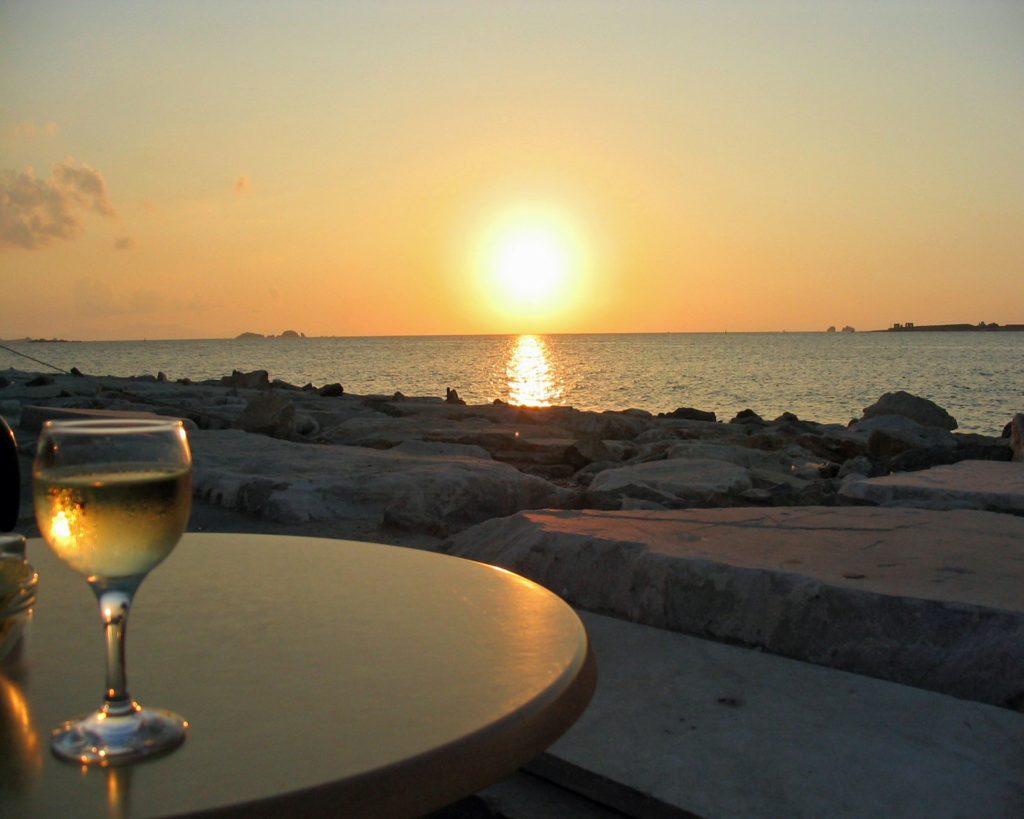
Valencia is the oldest Spanish wine region. Grapes have been planted here for thousands of years, dating back to the Neolithic era. The vineyards are cultivated in rich lime-bearing soils and house an assortment of grape varieties, including the native Bobal.
Other signature grapes include the Moscatel de Alejandría used in sweet Moscato wines. Visitors pair Valencia wines with paella and seafood as they dance the night away with Flamenco music in the region’s local bars. Valencia city is the ideal place to stay when visiting wineries in this area.
Murcia
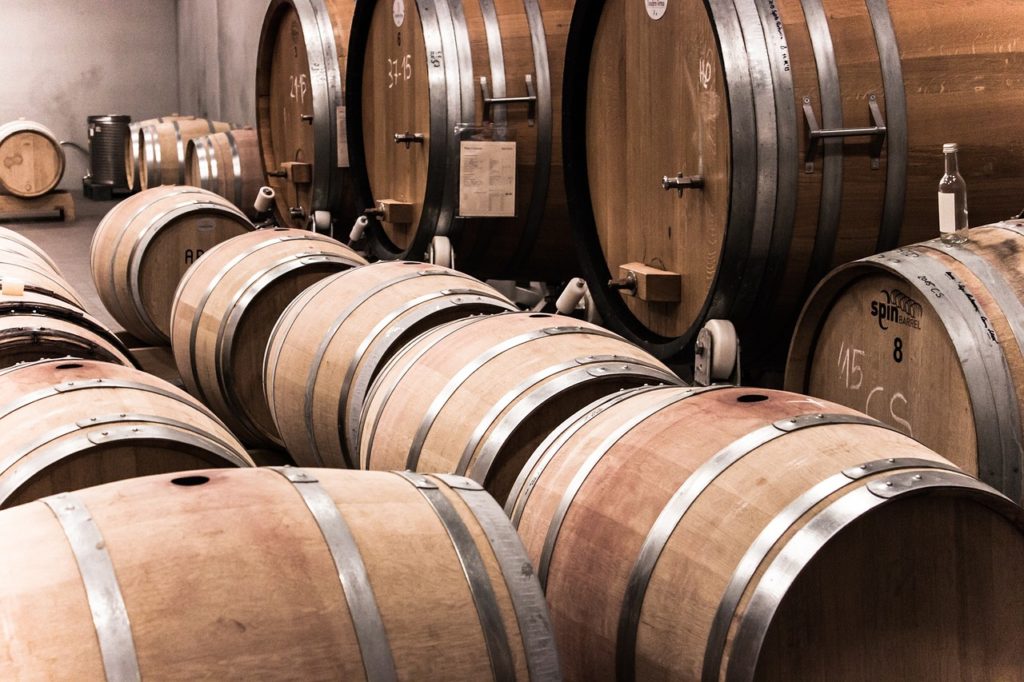
For Murcia’s wine regions, the classic Spanish wine drink is a robust, fruit-forward red made from Monastrell (the Spanish name for Mourvedre). It gained its reputation for winemaking in the 19th century when French migrants realized it had similar climatic and soil conditions to Mourvedre-growing areas in France.
Now, 85% of Murcia’s vineyards are planting Monastrell, producing what sommeliers describe as aromatic wine with a touch of coffee and oak spices. Other signature grapes include Syrah, Airen, and Macabeo.
Madrid
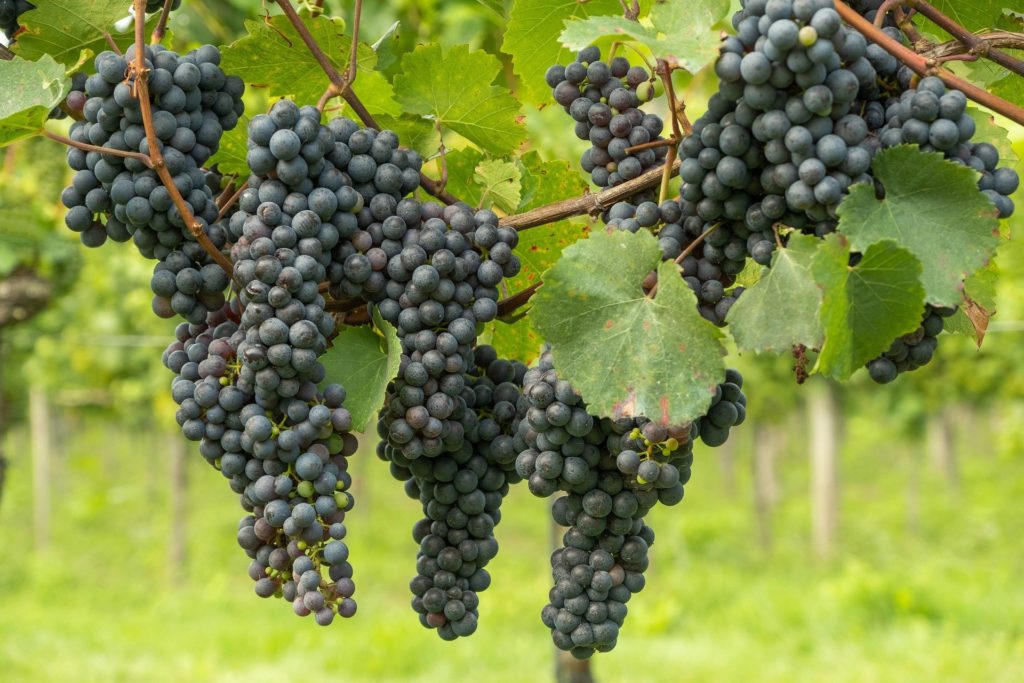
Madrid proper may be Spain’s capital, but all the winemaking takes place in Vinos de Madrid. This region has three sub-zones: Arganda, Navalcarnero, and San Martín, with their own styles and inspirations. All of which can be visited in an easy day trip from the capital.
Madrid’s wineries have enjoyed prestige in the past and are slowly reclaiming it through the quality of their modern red, white, and Spanish rosé wine. Tempranillo reds are light-bodied and fresh – perfect for everyday drinking.
On the other hand, Garnacha-based wines are more intense and nuanced, with flavors of dark raspberry and delicate spice notes.
Castilla-La Mancha
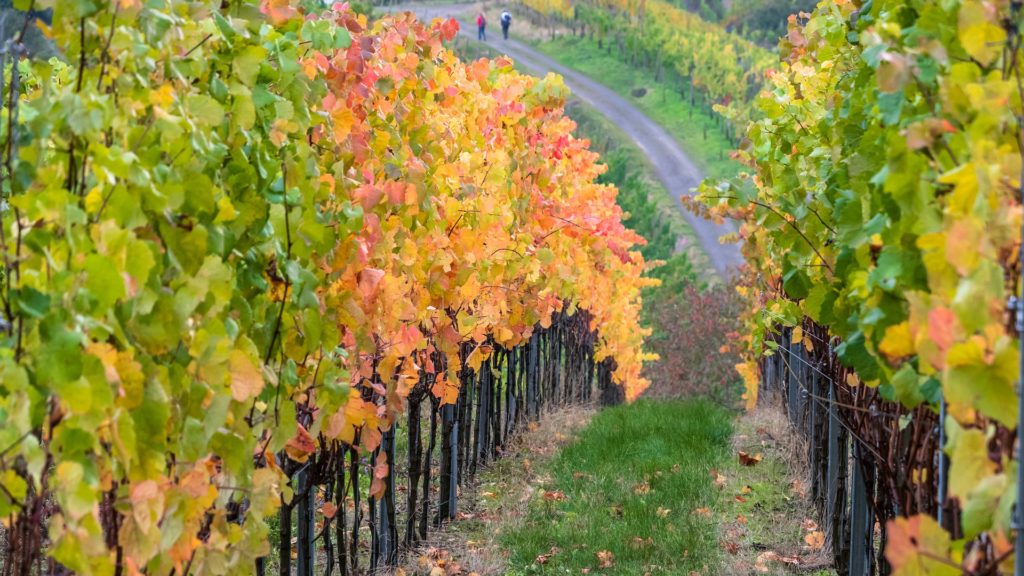
For centuries, Castilla-La Mancha’s wineries are the source of almost half of Spain’s grapes, making it the largest of the Spanish wine regions by area and production. In recent times, however, Castilla-La Mancha has slowly shifted some of its bulk wine tradition toward producing high-quality reds, whites, and rosés using innovative winemaking technologies.
Signature grapes include Airen, Cencibel (the local name for Tempranillo), Alicante Bouschet, and Macabeo. The eight Vino de Pago (individual wine estates) have also contributed massively to its range of wine styles.
Extremadura
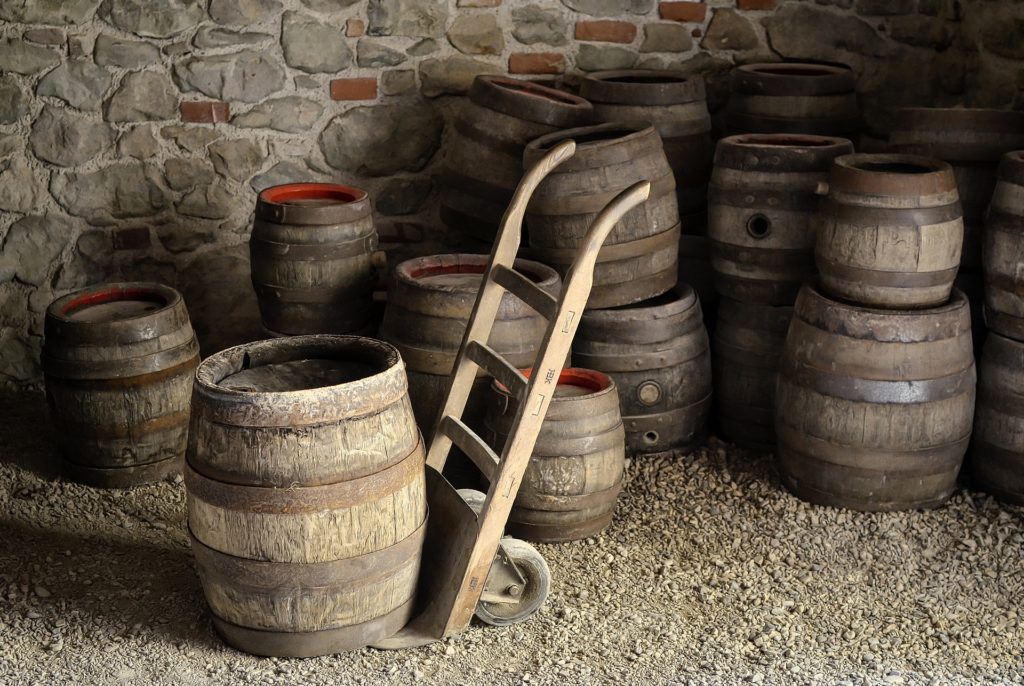
Extremadura is home to the Ribera del Guadiana wine region, which means ‘Bank of the Guadiana.’ It refers to the river weaving through the area from east to west. Each of its six sub-zones has its unique styles and traditions when making wine. For example, in Ribera Baja, most of the wine produced is from family-owned vineyards that focus on handcrafted wines.
In Ribera Alta, the wine is elegant and caters to international tastebuds. Signature grape varieties include the white Cayetana Blanca used commonly for brandy distillation, Tempranillo, and Alarije.
Andalusia
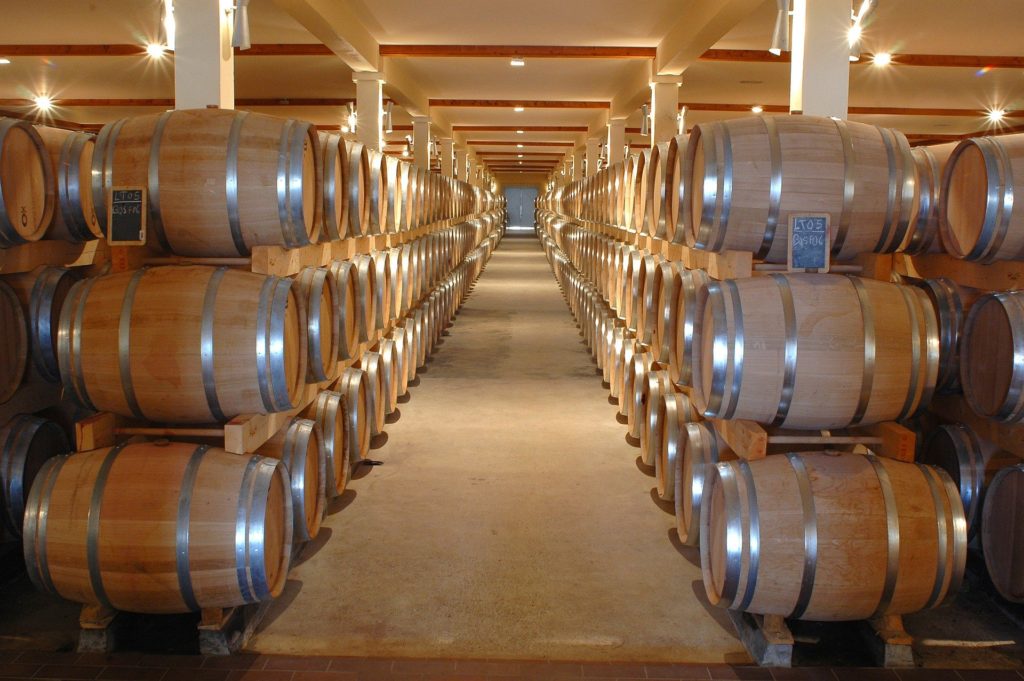
Andalusia is home to the world-famous Spanish Sherry wine, made from white Palomino grapes grown near Jerez de la Frontera. A few notable varieties of this fortified wine thrive in the wine regions of Montilla-Moriles, Sanlúcar de Barrameda, and Málaga.
The Fino and Manzanilla varieties are dry and delicate, while the Amontillado and Oloroso varieties are complex with notes of tobacco and herbs. Aside from dry Spanish wines, Andalusia’s wine regions also make some sweet ones from Pedro Ximénez.
Other signature grapes include Zalema, Muscatel, and the native Romé and Doradilla used in Malaga wines. Great places to stay here are the City of Malaga and the City of Marbelle.
Balearic Islands
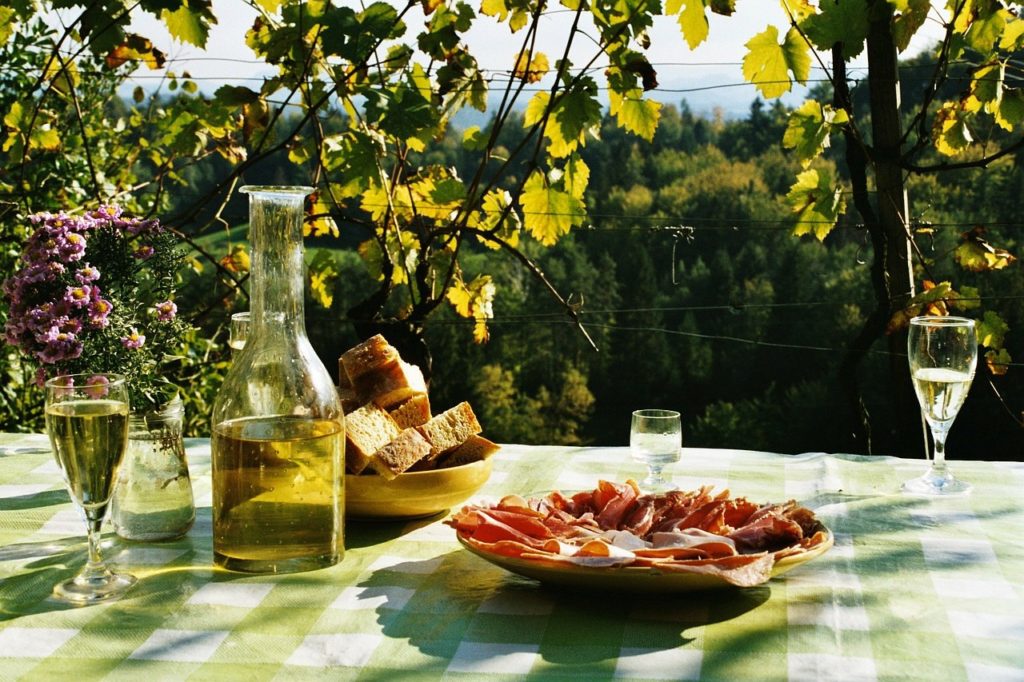
If you are planning a trip to the Balearic Islands, the island of Mallorca houses two wine regions: Binissalem and Pla i Llevant. Grape growing and winemaking here have been present since 121 BC.
The regions’ wines are made from native grapes, such as the Callet and Manto Negro, and are blended with international varieties to produce familiar yet complex aromatic wines. Visitors take their time in alluring Mallorcan wineries, diving deep into the island’s unique wine styles and culture.
Canary Islands
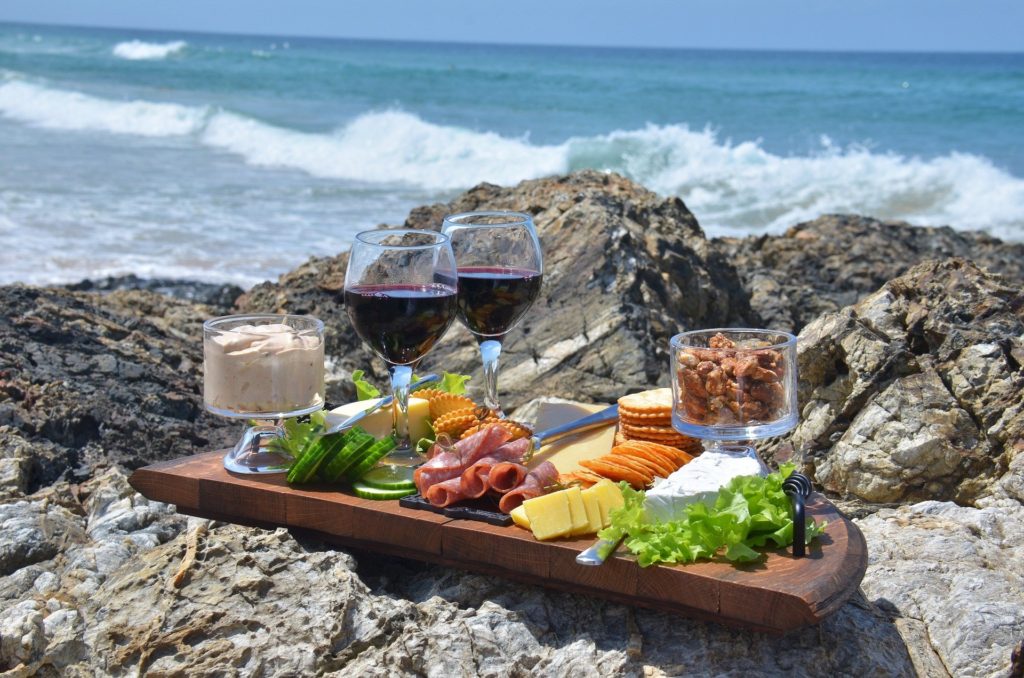
The Canary Islands is home to ten denominated Spain wine regions. The volcanic soil and sub-tropical climate can seem like an odd environment to grow grapes. Nonetheless, the locals have beautifully managed to cultivate small annual productions of sweet and fragrant grape varieties. The extreme viticulture practices in these islands result in unusual and visually striking vineyards. Here native grapes grow on steep slope terraces protected by stone walls.
Popular wine choices include Malvasia dry white wines, Moscatel dessert wines, and Listán Negro red wines on their own or blended with either Negramoll or Tintilla grapes.


